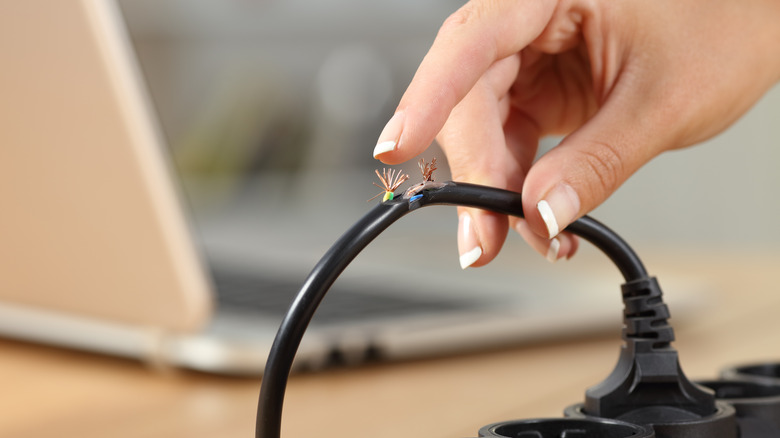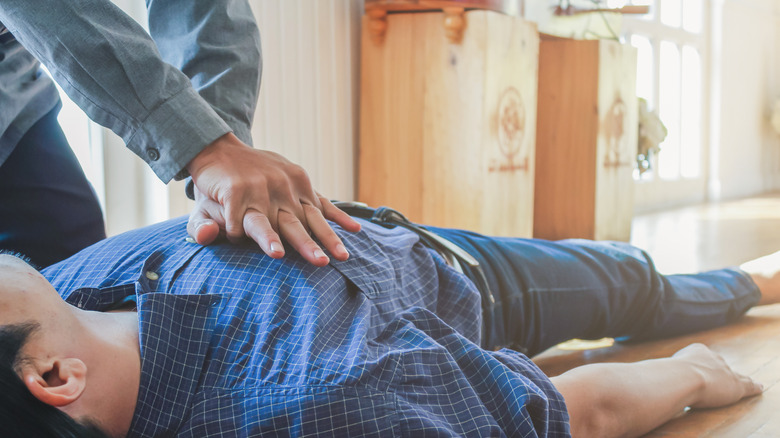What Happens To Your Body When You Get Electrocuted
As defined by experts at Healthline, "An electric shock occurs when an electric current from a live outlet passes through your body." While rare, electric shocks can be life-threatening and can result in a host of physical, neurological, and psychological side effects. An electric shock can be caused by any number of things, including coming in contact with lightning, power lines, electrical outlets, household appliances, electric machinery, and electric weapons.
The severity of an electric shock will depend on a few factors such as the source of the electric current, the voltage, the electricity's path through your body, and the amount of time you remain in contact with the source. Common side effects of an electric shock include burns, numbness, breathing problems, loss of consciousness, seizures, irregular heartbeat, muscle spasms, headaches, and problems with vision or hearing. An electric shock can also cause more severe side effects such as respiratory arrest, heart attack, and coma.
If a friend, family member, or even a stranger experiences a severe electric shock, they will likely require immediate emergency medical assistance (via Medical News Today). Before doing anything, however, it's important to note that you'll want to keep your distance from someone who has been electrocuted. If you touch them, you may also receive an electric shock.
How to perform first aid for an electric shock
First and foremost, you'll need to call 911. While you're on the phone, emergency personnel may inquire as to whether or not it is safe for you to disconnect the electricity from the source. If deemed safe by emergency medical professionals, you can then check the person's pulse and their breathing once they have been safely distanced from the electrical source. If the person is not breathing or doesn't have a pulse, you'll want to administer CPR (via Medical News Today).
To perform CPR, experts have developed simple and effective instructions that have been modified over the years in order to provide people with the best possible emergency first aid skills. First, put your hands on top of each other and place them in the center of the person's chest. Perform chest compressions by pushing down with firm, quick motions. You should perform at least 100 compressions per minute. You can also help the person to continue to breath in between your sets of compressions by tilting the person's head, lifting their chin, and blowing into their mouth while pinching their nose. You should continue to administer CPR until first responders arrive on the scene or the person starts breathing again on their own.


